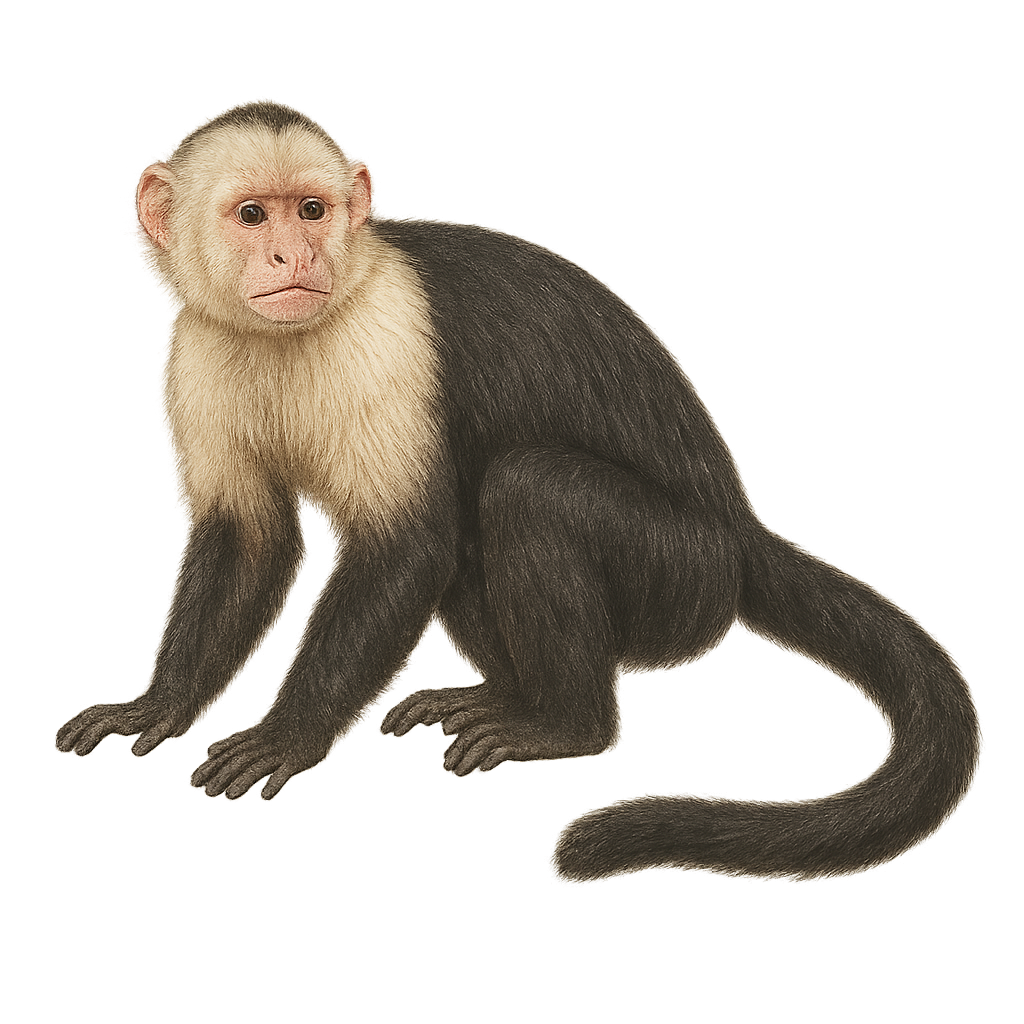Your wildlife photography guide.
Explore the white-faced capuchin in detail, study its behavior, prepare your shots.
Where to observe and photograph the white-faced capuchin in the wild
Learn where and when to spot the white-faced capuchin in the wild, how to identify the species based on distinctive features, and what natural environments it inhabits. The WildlifePhotographer app offers tailored photography tips that reflect the white-faced capuchin’s behavior, helping you capture better wildlife images. Explore the full species profile for key information including description, habitat, active periods, and approach techniques.
White-faced capuchin
Scientific name: Cebus capucinus

IUCN Status: Least Concern
Family: CEBIDAE
Group: Mammals
Sensitivity to human approach: Suspicious
Minimum approach distance: 10 m
Rut period: October to November
Gestation: 155-160 jours
Births: April
Habitat:
Tropical rainforests, dry forests, mangroves
Activity period :
Primarily active during the day, with peak activity in the morning and late afternoon.
Identification and description:
The white-faced capuchin, Cebus capucinus, is a New World monkey known for its pale face contrasting with its dark body. It primarily inhabits the tropical rainforests of Central America, from Honduras to Panama. Agile and intelligent, it uses tools for feeding and engages in social interactions within hierarchical groups. Omnivorous, it consumes fruits, insects, small vertebrates, and occasionally bird eggs. Its ecological role is crucial, particularly in seed dispersal. Although adaptable, deforestation threatens its habitat. Its complex communication includes varied vocalizations and facial expressions.
Recommended lens:
400 mm – adjust based on distance, desired framing (portrait or habitat), and approach conditions.
Photography tips:
To photograph the white-faced capuchin, it is advisable to use a 400mm or longer telephoto lens to capture detailed images without disturbing the animal. Look for areas where they feed or socialize, often high in the trees. Be patient and discreet, as these monkeys can be suspicious. Use natural morning or afternoon light to achieve vibrant colors and interesting contrasts.
The WildlifePhotographer App is coming soon!
Be the first to explore the best nature spots, track rutting seasons, log your observations, and observe more wildlife.
Already 1 431 wildlife lovers subscribed worldwide

